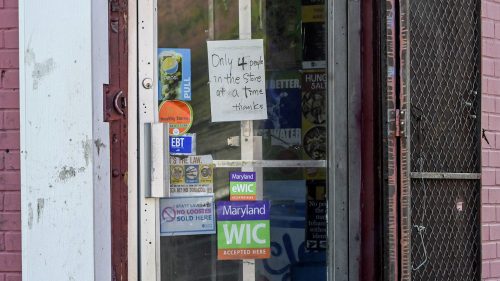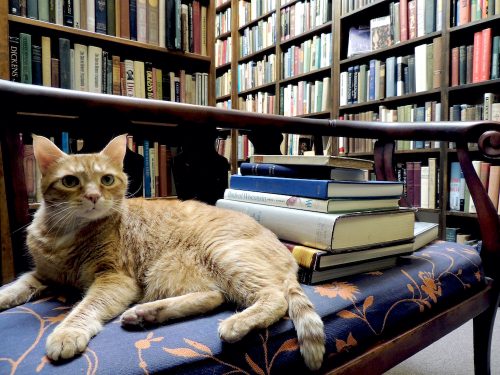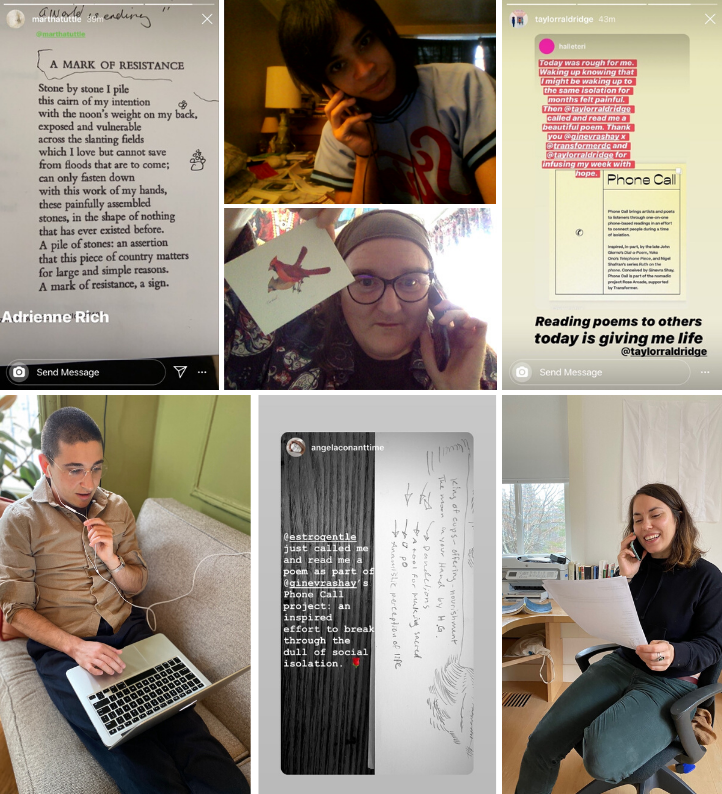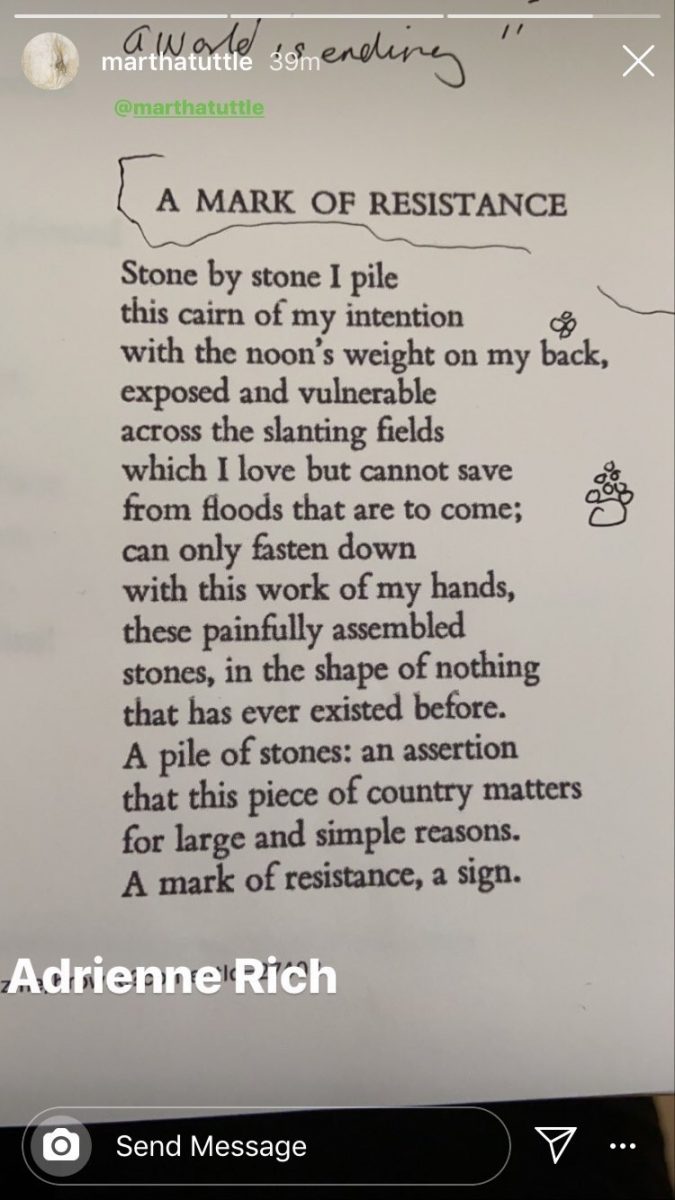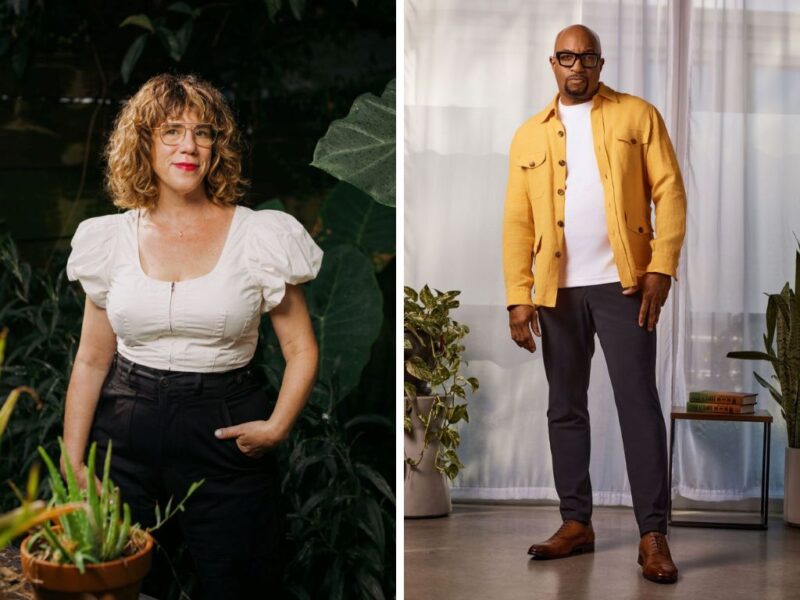Shay recruited multimedia artists such as Abdu Ali, Anna K. Crooks, and Malcolm Peacock, along with poets such as Kelly Xio and CA Conrad. While there were no limitations placed on the phone calls—artists could read whatever they like, and a reading could become a conversation—Shay wanted the project to be rooted in poetry for the medium’s transformative power.
“People who aren’t familiar with poetry can be dismissive and think of it as flowery and non-essential but I think it’s actually the exact opposite,” Shay told me, explaining that when a totalitarian regime takes over a nation, “one of the first things that’s destroyed is poetry or cultural artifacts, anything that reminds the people of themselves and their identity.”
Shay was inspired by projects such as John Giorno’s “Dial-a-Poem,” in which people could call and hear a pre-recorded poem from Frank O’Hara or a speech by Kathleen Cleaver, as well as Yoko Ono’s 1964 “Telephone Piece,” which consists of a single white telephone that only accepts incoming calls from Ono herself.
“Phone Call” differed from those prior pieces in the intimacy that it fostered. A one-on-one reading allows for a private moment between two people, an exchange that is rare for most art projects. Intonation, cadence, and breath provide proof of a living being that can’t be matched by text or other forms of communication.
Ty Little, one of the poets involved, pointed out the unique physicality of talking on the phone. “The phone itself is physically very close to you. It is held up right to your ear,” they said. A phone call “offers a change of proximity and offers this different sensory experience of closeness.”
With just a voice on the other line, you become less conscious of your physical body. “There’s no awkwardness or gestures or things that maybe you’re uncomfortable with someone else to see,” Little said. “So you’re sort of able to come into conversation with a stranger fully as yourself.”
“I was excited in the phone calls about the ways in which our physical realities fell away,” said Amina Ross, another artist involved. “I didn’t imagine where they were or what their bodies were doing or even what they looked like. I felt really content to share this headspace.”
Tuttle read me four poems over the course of our call: “‘Hope’ Is The Thing With Feathers” by Emily Dickinson; “A Mark of Resistance” by Adrienne Rich; “Poem Number Two on Bell’s Theorem, or the New Physicality of Long Distance Love” by June Jordan; and a letter Rainer Maria Rilke wrote in 1906 to his wife Clara.
I was surprised when I found myself welling up in response to Tuttle reading Rilke’s letter: “Here it is spring. There is only the one word for it. And already it is no longer premature to say so. The violets are past their bloom, the blue periwinkle looks large-eyed out of its dark green, the primroses are standing side by side in big groups, as though they had run together from everywhere, and the wallflower is as if darkened by its own heavy perfume.”
